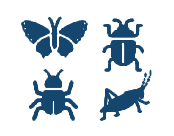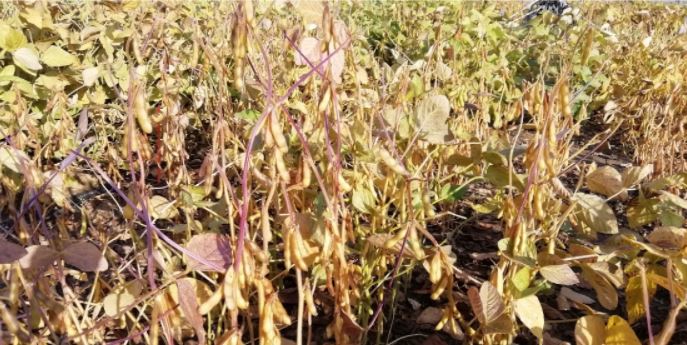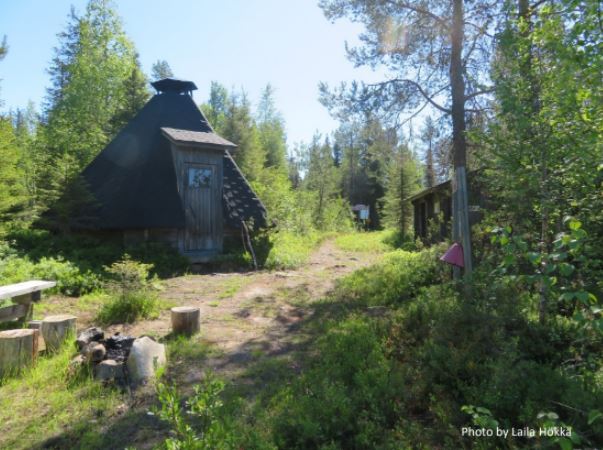Summary
The program “Owca Plus” was established in 2008 as a public initiative in order to preserve, protect and restore the biodiversity in valuable natural areas, through extensive grazing of sheep in the meadow-pasture areas of the Śląskie Voivodeship. The program is coordinated by the Marshal’s Office of the Śląskie Voivodeship (Local Government). The program currently runs as a long term initiative 2015-2020 with a total budget exceeding 1 mio. Euro. Each year an open call is organized in which non-profit organizations (e.g. foundations, associations, NGO cooperatives) and other eligible parties present offers to arrange grazing on specific areas of land by subcontracted farmers, who provide animals (sheep and goats) and plots of land for grazing. The list of recommended areas offered for grazing by the program includes 168 plots in the Beskids and 73 plots of the Kraków- Częstochowa Upland. The bidding organizations assure grazing on the area covering at least 550 ha of land in Beskids or at least 100 ha in Kraków-Częstochowa Upland. There are two organisations representing over 100 farmers, grazing about 4-6 thousand animals on over 600 hectares of land. The program brings measurable environmental, cultural and economic benefits. The outcomes of the environmental monitoring showed significant improvement of biodiversity. In the economic aspect, the tourist infrastructure was modernized and expanded to improve the accessibility and attractiveness of the areas included in the program. Thanks to the implementation of the program, the sheep population increased and the availability of meat and sheep products expanded. The program has indirectly contributed also to the development of tourism (by an increase in the number of entities offering accommodation, meals, employment in tourist services, trade and transport).
Objectives
- Preservation, protection and restoration of the biodiversity in valuable natural areas, based on extensive grazing of sheep and goats while maintaining animal welfare;
- Maintenance and improvement of valuable natural habitats and species, depending on agricultural, especially pastoral use;
- Restoration of valuable natural and landscape areas for grazing
- Protection of local breeds of farm animals;
- Maintenance and restoration of architecture associated with traditional pastoral grazing;
- Protection of cultural heritage, supporting and sustaining the traditions, customs and other related elements of folk culture of pastoralism.
Public Goods





Problem description
The gradual disappearance of sheep grazing observed over the years due to a significant reduction in the demand for sheep products (wool, cheese, meat) almost irreversibly affected the overgrowing of naturally valuable areas of the Beskids and the Kraków-Częstochowa Upland with expansive plant species and self-sown trees.
This, in turn, led to the impoverishment of nature that may cause irreversible changes in the traditional landscape, depriving it of, among others tourist values. The program, introduced in 2008, responds to the needs for preservation of natural and cultural heritage of the Śląskie Voivodeship, and in particular for restoration of pastoral economy in the Beskids and Kraków-Częstochowa Upland, in order to stop adverse natural changes, as well as to protect the cultural heritage of these areas.
















